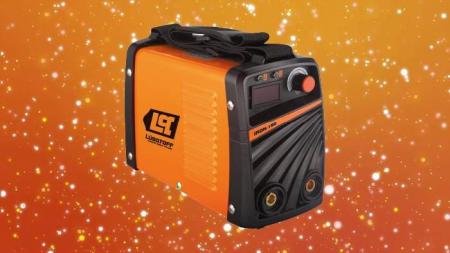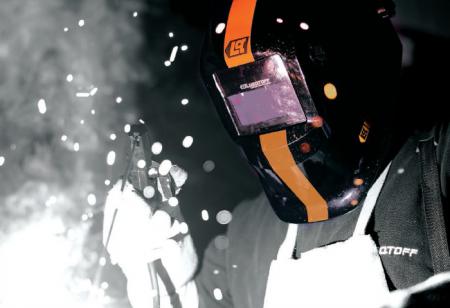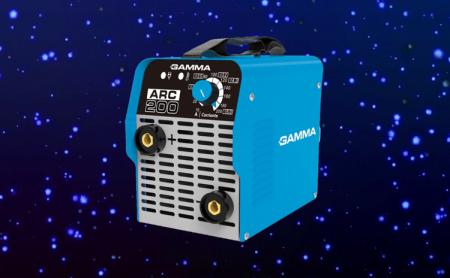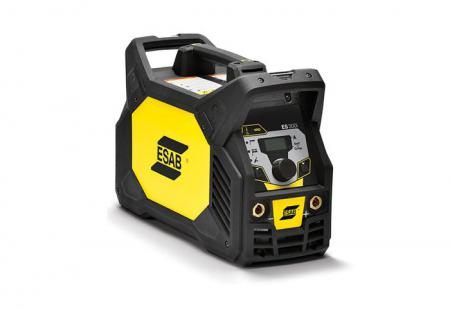

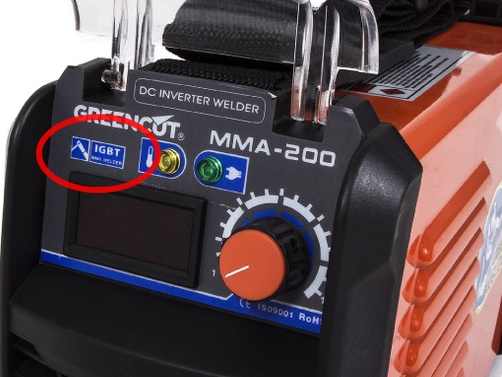
In this article, we’ll try to understand what this technology is in an electric welder, without aiming to give an electronics course, but with the necessary fundamentals.
The most important feature of inverter-type welders is their ability to electronically control the current, thereby improving the quality of the weld. The most important modules of the electronics are:
Previously, without getting too technical, the power stage could be implemented with MOSFET or BJT transistors. These are different semiconductor technologies, each with its own advantages and disadvantages.
Until some experts managed to combine both technologies to obtain, in a single component, all the advantages except speed. This new transistor was called the Insulated Gate Bipolar Transistor (IGBT).
Since welding doesn’t require the transistor to switch at very high speeds, this component turned out to be ideal for controlling the electrode current.
In summary, a welder with IGBT technology has the ideal components for handling high currents without overloading them. Therefore, it can offer better performance than an inverter with MOSFET or BJT power electronics.
Beyond the superior performance of this technology, we must not overlook a relatively new issue regarding welding equipment: The possibility of failure. Classic transformer-based equipment is so robust and simple that the likelihood of damage during use is almost zero, and in the welding world, we’ve become accustomed to not considering this situation.
But now we’re talking about electronics... with all the advantages and disadvantages that entails, and this condition forces us, for example, to choose brands with warranties and technical support in our area.
IGBT power electronics allow the device to operate under less strain, drastically reducing the wear and tear on internal components.
So remember these 4 letters when buying your next machine: IGBT

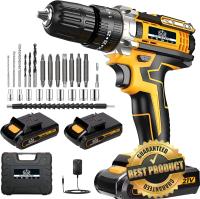


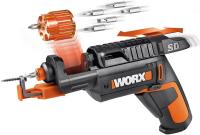
They are already part of the Job Board
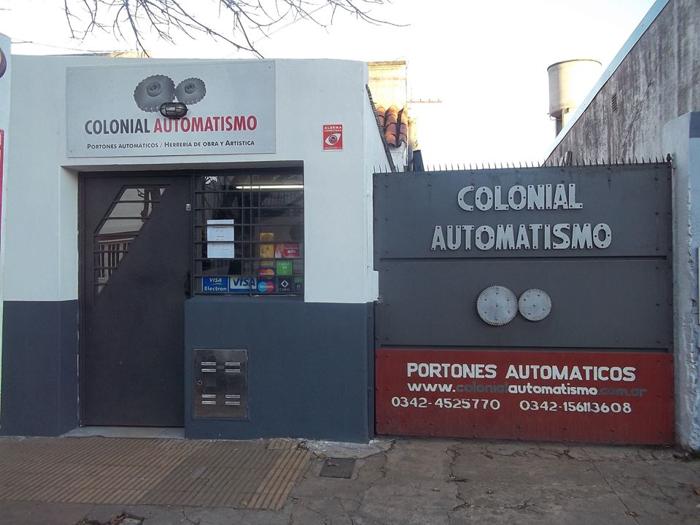
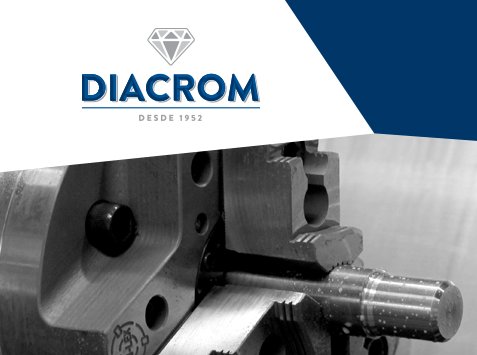

Relacionados:
